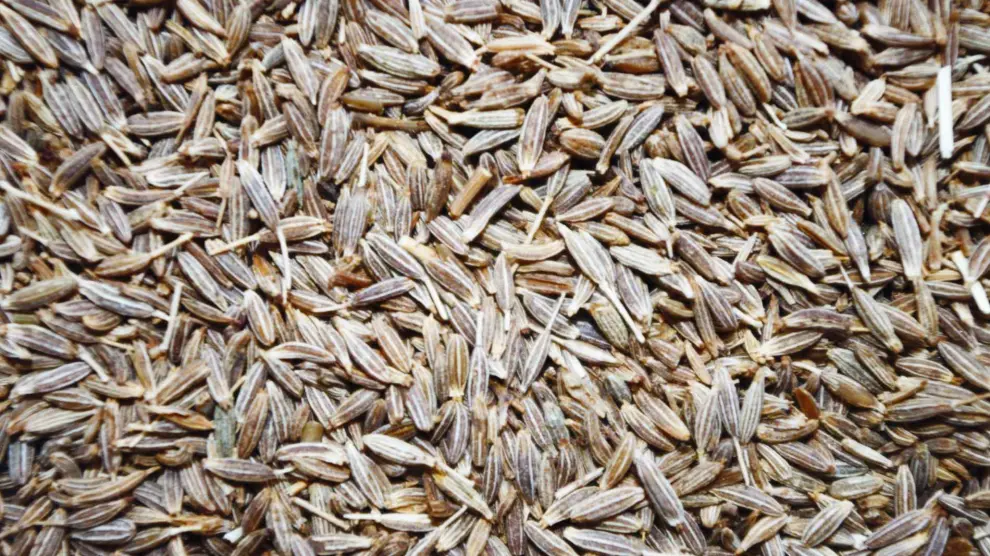Cumin is one of the oldest and most widely used spices in cooking worldwide. It is noted for its warm, slightly bitter flavor, which adds complexity to numerous dishes. There are several varieties of this spice, depending on the color of its seed and the intensity of its aroma: white cumin and black cumin. White cumin (Cuminum cyminum) is the most abundant in the cuisine of European countries such as Spain and Asia, while black cumin (Nigella sativa) is smaller than white cumin, but with a stronger, more bitter flavor and a more penetrating odor. A common confusion is that it is a variety of caraway (Carum carvi), known as Roman cumin. This spice has replaced cumin in Western cuisine since the Middle Ages.
But let’s focus on white cumin, also known as common cumin , which has a milder and less spicy flavor than black cumin, making it a more versatile option for a wide range of preparations.
Benefits of white cumin
In addition to its culinary richness, white cumin is recognized for its nutritional properties. It is an excellent source of iron, an essential mineral for the formation of red blood cells and the prevention of anemia. It also contains antioxidants, which help reduce inflammation and protect cells from oxidative damage.
From a digestive perspective, white cumin has traditionally been used as a natural remedy to relieve stomach problems such as indigestion, gas, and colic. Its ability to stimulate the production of gastric juices improves digestion and can be helpful for people who suffer from sluggish digestion.
Finally, we mustn’t forget that cumin can help improve sleep quality. Cumin, especially in infusion, has been used for centuries as a natural remedy to induce relaxation and improve nighttime rest due to its relaxing properties. Cumin contains compounds such as terpinene and carvone, which have mild sedative effects on the nervous system. These compounds can help reduce stress and anxiety, factors that commonly hinder sleep. Cumin is also a good source of magnesium, a mineral that plays a crucial role in sleep regulation.























+ There are no comments
Add yours